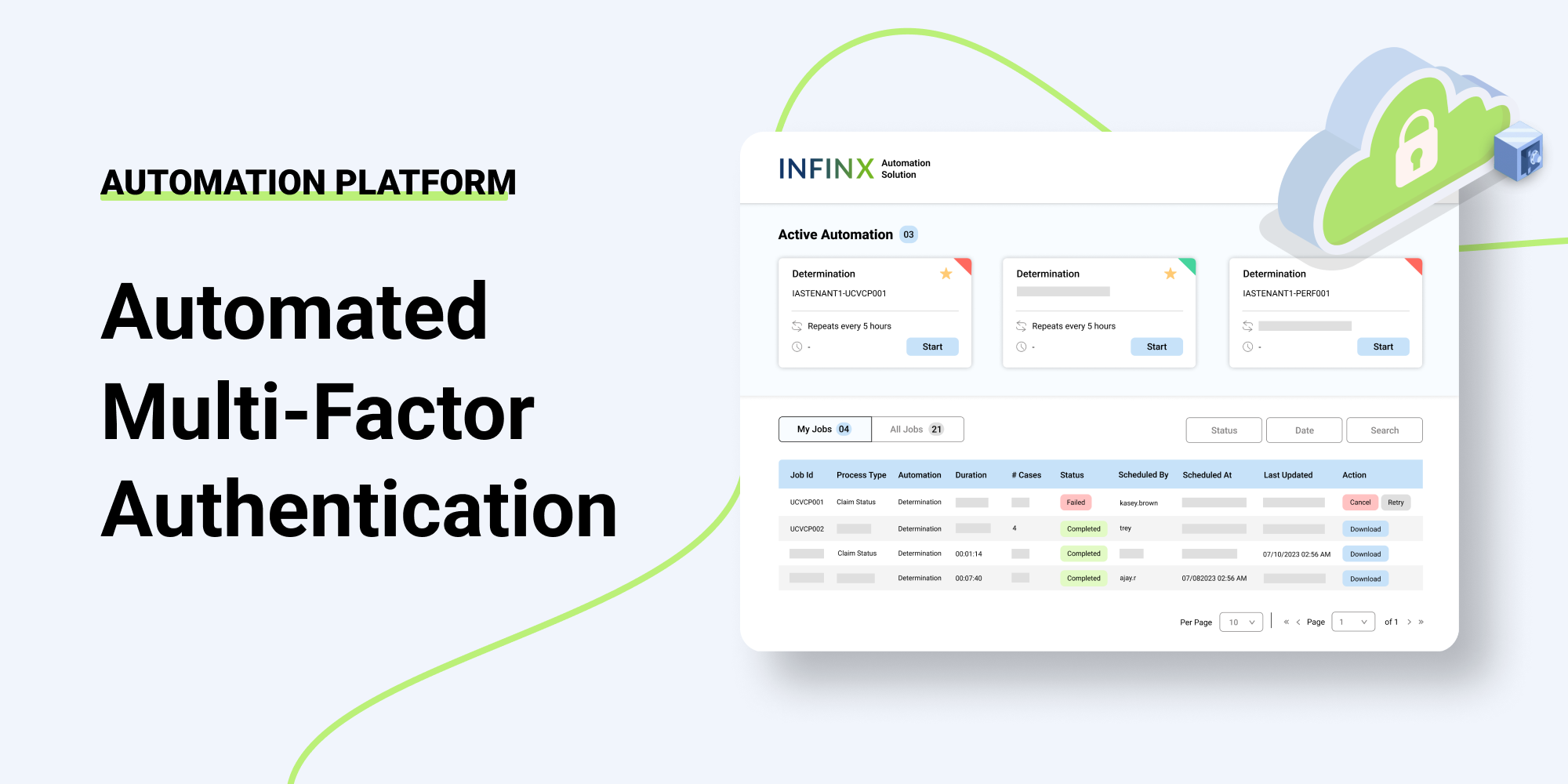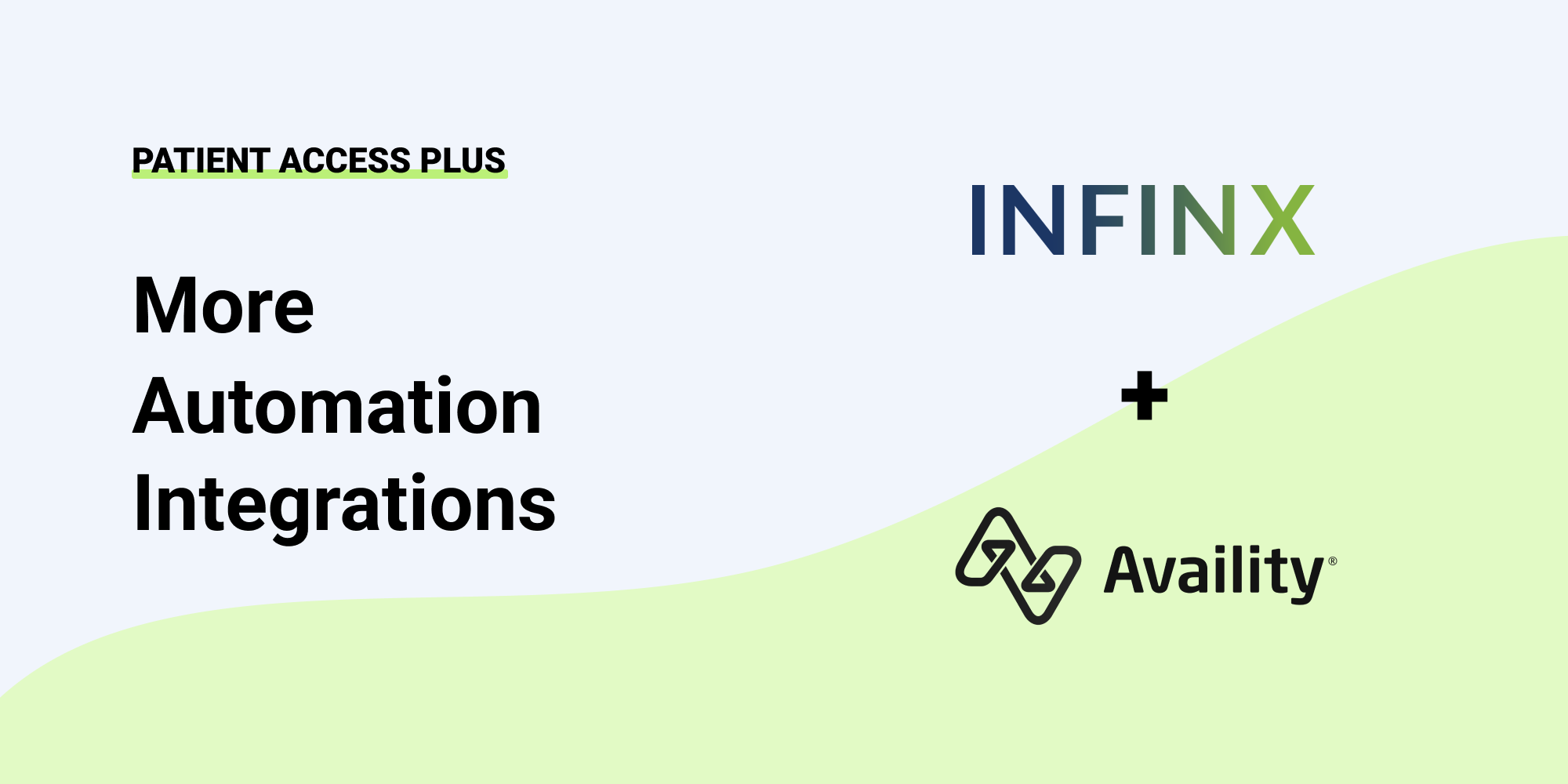Every healthcare provider or organizational financial representative has experienced the feeling of defeat when reviewing their uncollectible bad debt. Even with the best business practices, ironclad policies, and strong intake personnel training, there are inevitably insurance claims that are rejected or denied with balances owed transferring to patient responsibility.
In fact, according to the American Hospital Association (AHA) in 2019, hospitals reported over $41.6 billion in uncompensated care, and in the last 20 years, that’s over $660 billion worth of care delivered but never reimbursed.
One thing we know for sure—throughout the healthcare spectrum, patients frequently present for care without understanding their insurance coverage or benefits. Phrases like “annual maximums,” “remaining deductible,” and “explanation of benefits” may be overwhelming to patients that are unfamiliar with insurance terms and how they’re treated within the industry. The fact that your organization has ended up with an outstanding amount is often not from misrepresentation, but simply misunderstanding.
Couple that with the growth of patient consumerism and High Deductible Health Plans (HDHP) in recent years, and we see a cascading problem that can only worsen with time. The key may be an early intervention with an AI-driven Insurance Discovery solution.
How Can AI-Driven Insurance Discovery Help?
By the time your organization finds itself at this stage, the patient has hopefully returned home and resumed their lives. Historically, once claims have been submitted and returned unpaid, the investigative work begins with reworking the denial and tracking down the patient for payment. Because this is often a burdensome and unsuccessful process, many claims are left to age as uncollectible.
The problem with that ever-growing occurrence is that we are not talking about an inconsequential number. Representing a mix of claims denied for a variety of insurance-related reasons (i.e., charity care, uncollected self-pay), healthcare organizations average between 5-10%, and of that, it’s estimated that over 65% is collectible through the insurance discovery process.
The Insurance Discovery Process Defined
Once the organization’s patient information is downloaded into a proprietary insurance discovery system, the software completes deep data mining and probabilistic analytics to glean, check, and double-check the data. Access to this information comes from a sophisticated network of clearinghouses, direct payer connections, and is supplemented through a network of public and private databases.
Collectively, this information is then used to identify undisclosed coverage and socio-demographic identifiers to correct and update claims so that they can be processed by a team of highly qualified billing experts and plans can begin to pay. Part of understanding insurance discovery is recognizing one issue that plays a big part—timing!
A fact of life—timely filing requirements are different for each insurance payer and the thousands of individual plans. While a good rule of thumb is 90 days from the date of service, that can vary from plan to plan. Being able to swiftly implement the insurance discovery process immediately following a claim’s denial or rejection is the key to its success.
As healthcare organizations continue to grapple with changing fee structures and shrinking bottom lines, finding an alternative to bad debt write-offs or external collections companies charging exorbitant rates will have a long-term beneficial effect. This type of insurance discovery tool can be especially helpful with Medicaid and commercial carriers, while still allowing adherence to community-supported goals, like maintaining specific levels of charity care.
Contact us to learn more about insurance discovery and the ways it can improve your overall financial performance.


